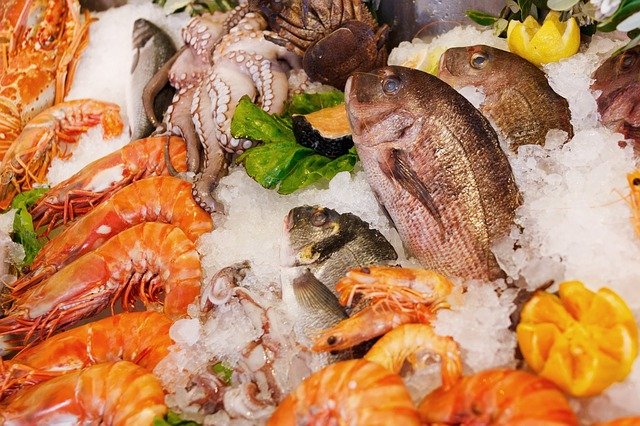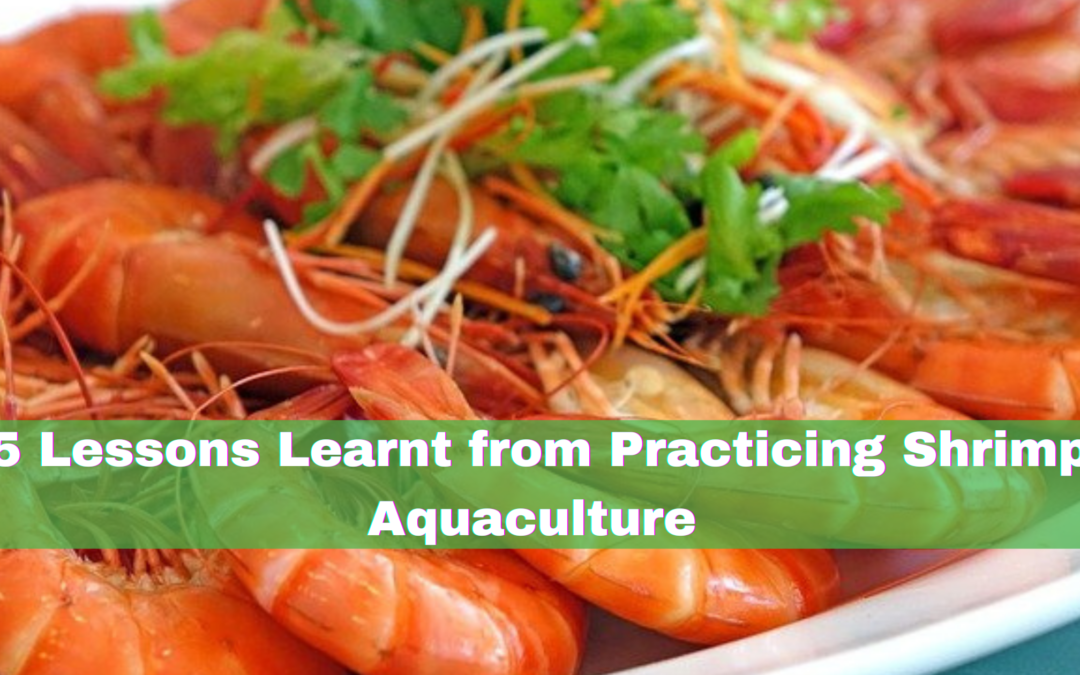Shrimp farming has become a viable business venture and such a rich source of protein. Nutritionists have also indicated that seafood that contains shrimp has impressive health benefits. About 55% of shrimp get produced through aquaculture farming and it’s one of the fastest growing marine products with an annual growth rate of about 10 percent. There are innovative aquaculture farmers that have devised sustainable and productive aquaculture systems for effective fish farming.
Building an aquaculture system can be quite complex and one should be well conversant with some of the key features to incorporate such as the filtration system, and access to water. Here are some of the steps to practicing shrimp aquaculture;
Preparation of Shrimp Ponds
The first step towards getting started with shrimp aquaculture entails preparing shrimp ponds. The ponds need to be designed in a way that’s workable and it should be undertaken in a way that the flooding and surface runoff shouldn’t get to affect the surface areas. The ponds should have an ideal area of about 1-5 acres and a depth of about 1 to 5 meters. The water that gets supplied to the pond should be oxygenated. Water should not be harvested in a closed apparatus and the ponds should at least be installed with both internal and external aerators.

Purchase Shrimp Stock
Once the pond setup is ready, the farmer should go ahead and purchase shrimp stock for the hatchery. This is one of the key steps that should be given a lot of emphasis and the age of the shrimp should be given a lot of emphases. The quality of shrimp stock that you choose has the potential of affecting the reproductive capacity and protein value of shrimp.
Maintain Optimal Environment
It’s important that you maintain an optimal environment within the pond. The ecosystem should be feasible and friendly, take note that shrimp are sea creatures that can adapt well to the ocean’s ecology. The temperature of the water should be between 50 70 F. the shrimp grow when the water is about PH 6.5 to 9.0 and in the same way; ensure that shrimp get a suitable and conducive environment to breed and also multiply.
Shrimp Nutrition
It’s vital that you provide shrimp with suitable and nourishing food from microbial organisms.
P.S: To become successful in shrimp farming, get more insight into aquaculture. Join our EAT Community where you’ll find a team of expert farmers that are committed to sustainable farming practices



